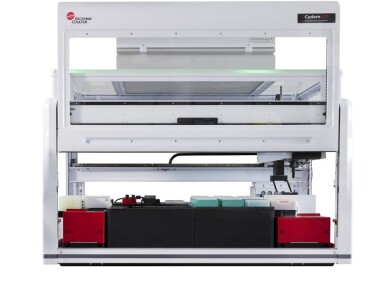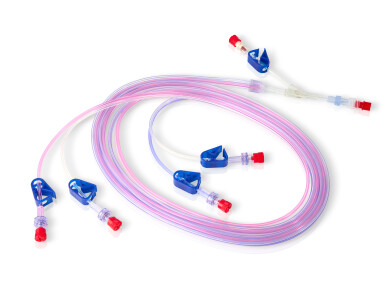Laboratory products
How Are Samples Prepared in Labs?
May 29 2021
Sample preparation is key to ensuring reliable and accurate results. Without the right procedures in place, researchers risk contaminating samples and compromising findings. Below, we take a look at some of the best-practice sample preparation techniques used everywhere from high school classrooms to state-of-the-art laboratories.
Defining a sample
In scientific laboratories, a sample describes a small piece of material extracted from a larger amount of the same material. It’s important that the sample accurately represents the material as a whole, not just a small portion. For this reason, researchers will often extract multiple samples to ensure accuracy.
Differentiating between solids, liquids and gases
Samples generally fall into three categories – solids, liquids and gases. Solids can be either particulate or monolithic. Some samples fit neatly into one category while others may call for mixed phase sampling. For example, particles suspended in a liquid, or a gas dissolved in a solid. In some cases, the material being analysed must be converted into another category before it can be sampled. Molten steel being cast as a solid is one example of this scenario.
Reducing test samples
In most cases, raw laboratory samples must be reduced and processed before undergoing analysis. This creates a smaller subsample which can be used to extract portions for examination. For particulate materials containing analytes associated with components, samples may be ground to create smaller particles.
Also known as comminution, grinding can be carried out using a variety of methods, including both manual and automated techniques. It’s important to adhere to the right methods as overgrinding can result in analyte loss or contamination from the grinding tool. Excessive grinding can increase absorption of atmospheric gases which can compromise the integrity of a sample. Samples that are too finely ground can also be difficult to mix and analyse.
Mixing laboratory samples
Mixing is another important step of sample preparation, with each reduction stage generally followed by a mixing interval. Depending on the sample type this can either be done manually or by automation. The mixing technique used will depend on the size of the particles, as well as the shape and density. External influences such as the presence of magnetic fields, electrostatic energy and air turbulence should also be factored in.
Next-generation technologies have transformed the way laboratory samples are prepared, allowing researchers to increase speed, accuracy and precision. The versatility of the Bead Genie®, a revolutionary instrument developed by US-based company Scientific Industries, is underscored in ‘New Bead Beater/Homogeniser Offers Versatile Sample Prep Solutions’.
Digital Edition
Lab Asia 31.6 Dec 2024
December 2024
Chromatography Articles - Sustainable chromatography: Embracing software for greener methods Mass Spectrometry & Spectroscopy Articles - Solving industry challenges for phosphorus containi...
View all digital editions
Events
Jan 22 2025 Tokyo, Japan
Jan 22 2025 Birmingham, UK
Jan 25 2025 San Diego, CA, USA
Jan 27 2025 Dubai, UAE
Jan 29 2025 Tokyo, Japan



















